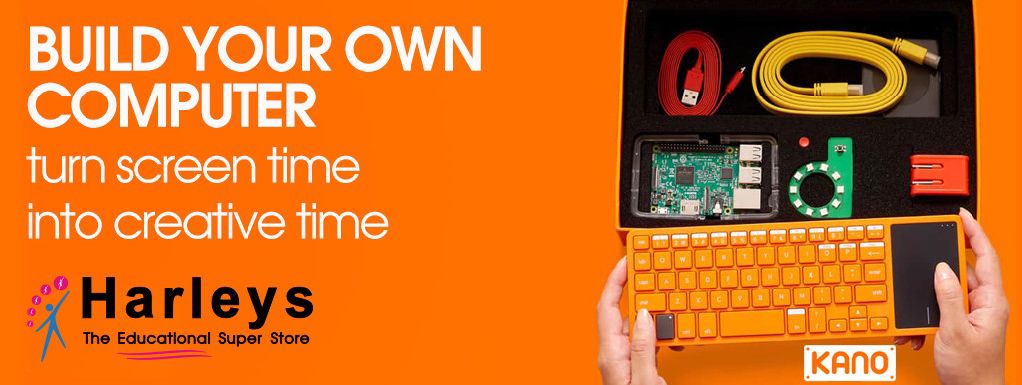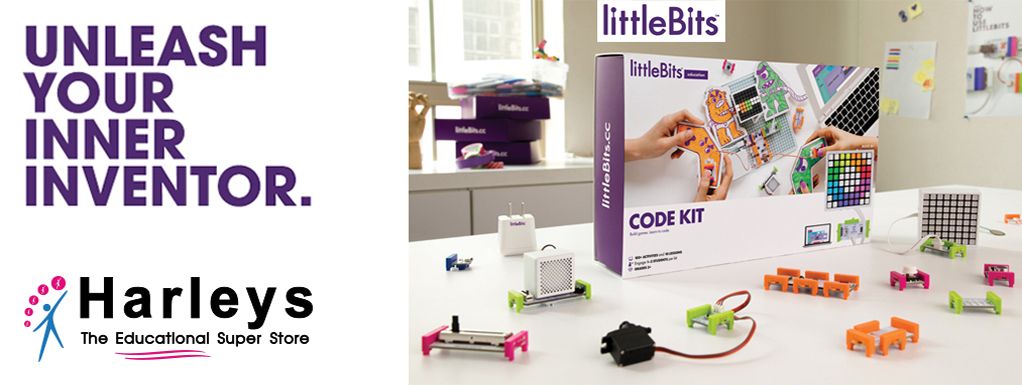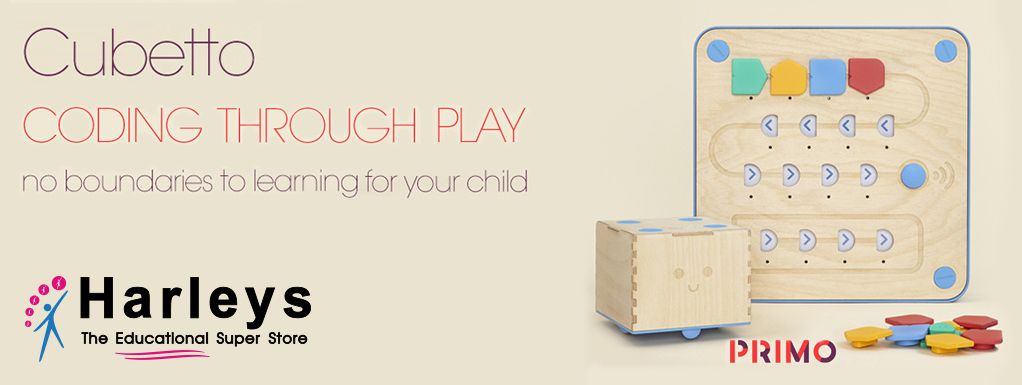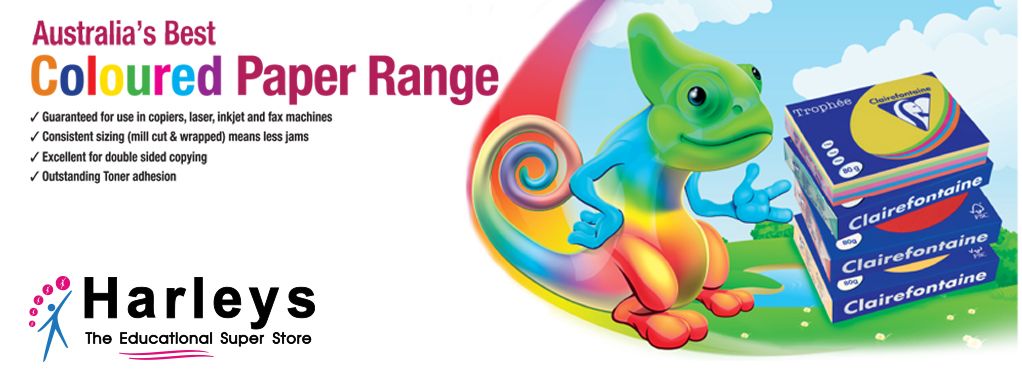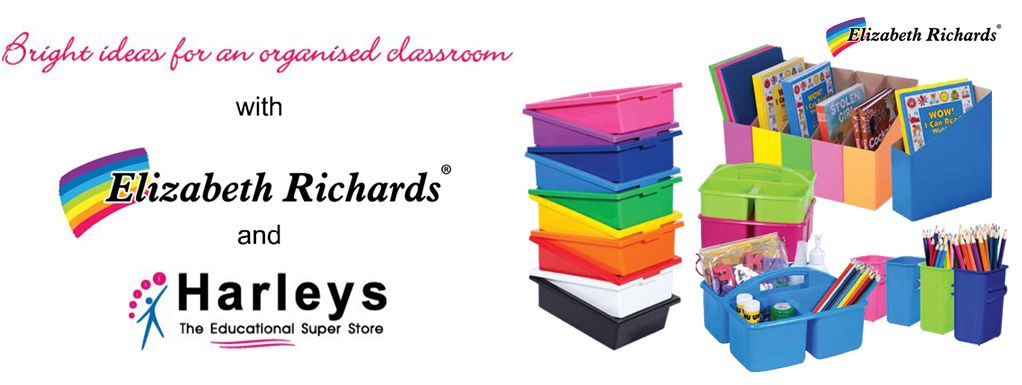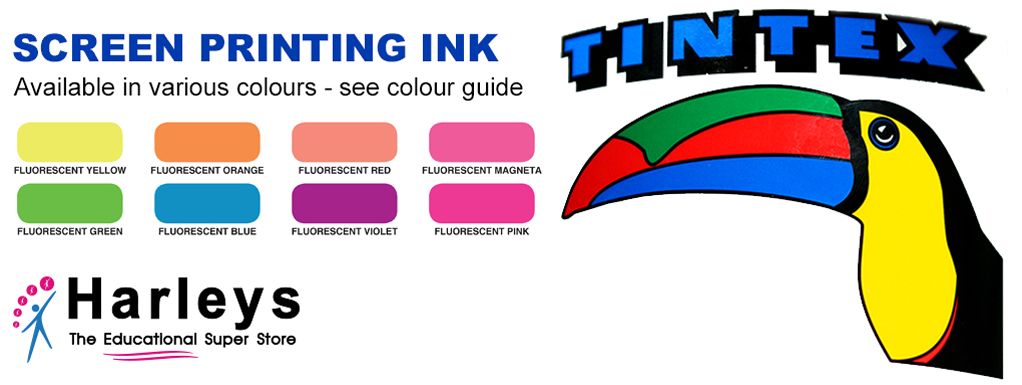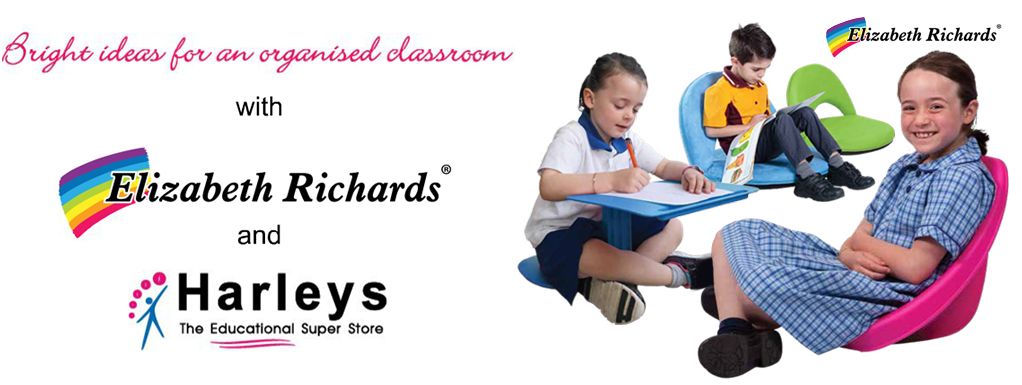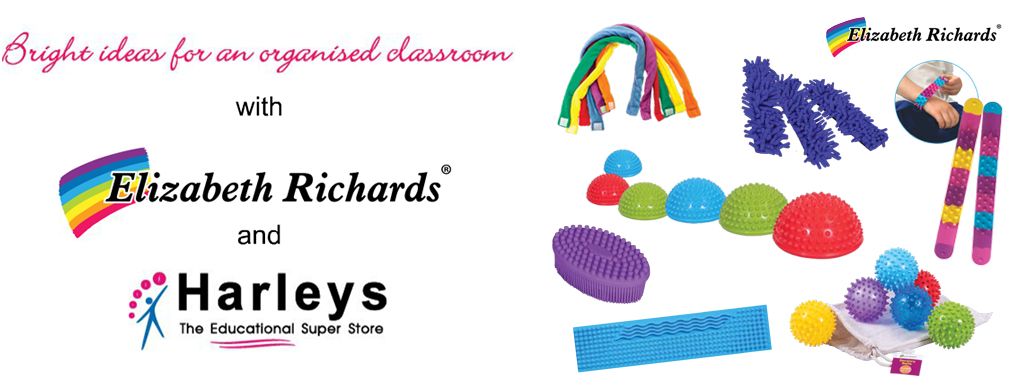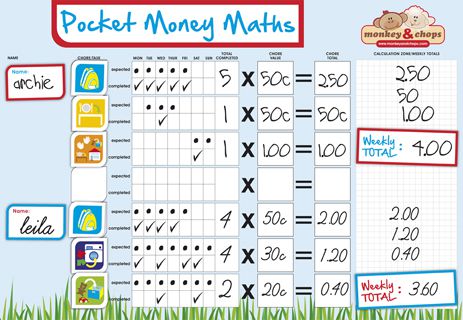In stock now!
The Pocket Money Maths chart specifically links responsibility with monetary reward.
It provides parents with a resource for allocating household chores, whilst linking this with the distribution of the weekly allowance. By adding a value to each chore that’s completed, it promotes your child’s understanding of monetary value. Most importantly, it introduces children to real-life applications for mathematics within the family home and in everyday fun!
Each pack includes 1 Pocket Money Maths Chart, 37 pocket money magnets and 1 dry-erase marker pen. The Pocket Money Maths chart is a soft rubber magnet which must be attached directly to a metal surface (eg. fridge, whiteboard, magnetic picture board).
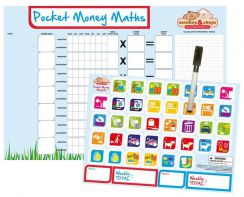
How To Use It
The Monkey & Chops Pocket Money Maths Chart can be used for up to two children. Attach your child’s name tag to the left column of the chart. Then, add the pocket money magnets according to the chores they’re expected to perform throughout the week. Mark the days on which they’re expected to complete each chore and a specific value for each. Each time your child completes each chore, place a tick in the corresponding “completed” box.
Schedule a weekly “pay day” when you and your child put aside time to calculate their weekly pocket money. Start by counting the ticks along each row and fill in the “total completed” box for each chore. Encourage your child to multiply this value by the “chore value” to get the money earned for each chore. Then using the calculation zone, ask your child to add the combined total of all of their chores. Enter this number into their “weekly total” tag and provide the monetary reward for a job well done!
Why it works
Firstly, it’s an excellent platform to get your child to consistently complete their household duties. By establishing these processes early, your children will quickly get used to the routines expected of them throughout the week.
Secondly, the practical application of maths within the home will encourage your child’s appreciation for mathematical learning well beyond the classroom.
Finally, the Pocket Money Maths chart provides your children with a clear framework for earning their weekly pocket money/allowance. In this way, the expectations are clearly set-out so there is no confusion when pay day arrives. Implementing pocket money systems can further teach kids that with responsibility comes privilege and reward, a positive and fundamental part of development.
What next?
Introduce the Pocket Money Maths Chart to your family and help your child/children develop positive behavioral and mathematical skills to benefit them for life.
